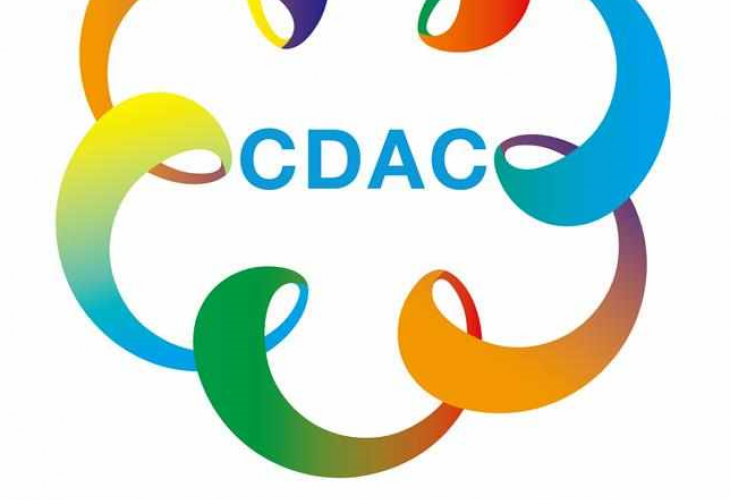Chidaoba, wrestling in Georgia
© President of Georgian National Wrestling Federation, 2017
Chidaoba (wrestling) is an ancient form of martial art practised by a large proportion of the male population throughout all the regions, villages and communities of Georgia. Bearers of the tradition include young people, city residents, sports clubs, educational institutions and amateur organizations.
Ceremonial Keşkek tradition
© Information and Documentation Center of Folk Culture/ Ministry of Culture and Tourism
Keşkek is a traditional Turkish ceremonial dish prepared for wedding ceremonies, circumcisions and religious holidays. Women and men work together to cook wheat and meat called ‘Keşkek’ in huge cauldrons, then serve it to the guests. The wheat is washed with prayers the preceding day, and then carried to a large stone mortar, to the accompaniment of music from the davul drum and zurna double-reed pipe. At the mortar it is hulled by two to four persons using gavels in a fixed rhythm.
Azerbaijani Mugham
© UNESCO, David Stehl
The Azerbaijani Mugham is a traditional musical form, characterized by a large degree of improvisation. The Mugham, though a classical and academic art, draws upon popular bard melodies, rhythms and performance techniques and is performed in many venues throughout the country.
Âşıklık (minstrelsy) tradition
© Information and Documentation Center for Folk Culture/ Ministry of Culture and Tourism
The Âşıklık (minstrelsy) tradition of Turkey is performed by wandering poet-singers known as âşıks. Dressed in traditional clothes and plucking a stringed
Arts of the Meddah, public storytellers
© National Commission of Turkey for UNESCO
Meddahlik was a Turkish theatre form performed by a single storyteller called a meddah and practised throughout Turkey and Turkishspeaking countries. Through the ages, similar narrative genres have flourished due to interaction among the peoples of Asia, the Caucasus and the Middle East within this wide geographical area.
Art of Chinese seal engraving
© Luo PengPeng
The art of seal engraving is a cornerstone of Chinese fine arts. The seal was originally used as a signature or sign of authority, but it came to be used by all social classes and in much of Asia.
Art of Azerbaijani Ashiq
© A. Baghirzade, Azerbaijan Ministry of Culture & Tourism
The art of Azerbaijani Ashiqs combines poetry, storytelling, dance and vocal and instrumental music into a traditional performance art that stands as a symbol of Azerbaijani culture.
Art of Akyns, Kyrgyz epic tellers
© Kyrgyz National Commission for UNESCO
The predominant form of cultural expression among the Kyrgyz nomads is the narration of epics. The art of the Akyns, the Kyrgyz epic tellers, combines singing, improvisation and musical composition. The epics are performed at religious and private festivities, seasonal ceremonies and national holidays and have survived over the centuries by oral transmission.
Ancient Georgian traditional Qvevri wine-making method
© 2012 by Ministry of Culture and Monument protection of Georgia
Qvevri wine-making is practised throughout Georgia, particularly in village communities where unique varieties of grapes are grown. The Qvevri is an egg-shaped earthenware vessel used for making, ageing and storing the wine. Knowledge and experience of Qvevri manufacture and wine-making are passed down by families, neighbours, friends and relatives, all of whom join in communal harvesting and wine-making activities.





